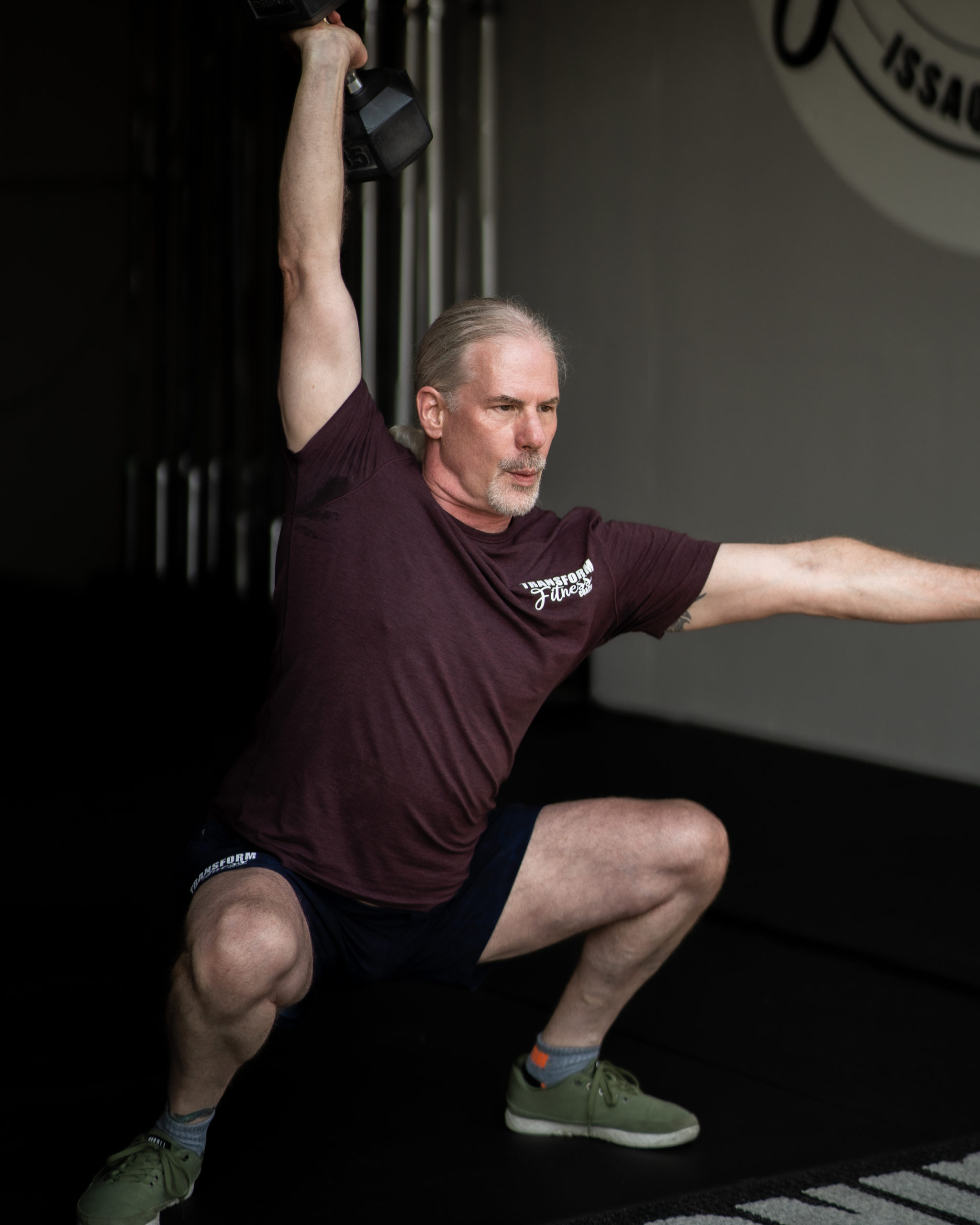Core Strength with Coach Tim

When most people think about core strength, they think about an abdominal six-pack. While it looks good, this toned outer layer of abdominal musculature is not the same as a strong core.
What is the "core" and why is core strength so important?
The core is a group of muscles that stabilizes and controls the pelvis and spine and therefore influences the legs and upper body. Core strength is less about power and more about the subtleties of being able to maintain the body in ideal postures, unload the joints and promote ease of movement. For the average person, this helps maintain the ability to get on and off the floor to play with their children or grandchildren, stand up from a chair, sit comfortably at a desk, or vacuum and rake without pain. For athletes, it promotes more efficient movement, therefore preventing injury and improving performance. Having a strong or stable core can often prevent overuse injuries, and can help boost resiliency and ease of rehab from acute injury.
The problem with a weak core
As we age, we develop degenerative changes, very often in the spine. The structures of the bones and cartilage are subject to wear and tear. Very often, we are able to completely control and eliminate symptoms with the appropriate core exercises. Having strong and stable postural muscles helps suspend the bones and other structures, allowing them to move better. Having an imbalanced core can lead to problems up and down the body. Knee pain is often caused by insufficient pelvic stabilization. Some runners develop neck and back pain when running because the "shock absorbers" in their core could use some work.
Finding the right core strengthening program for you
A good core program relies less on mindless repetition of exercise and focuses more on awareness. People with good core strength learn to identify and activate the muscles needed to accomplish the task. Learning to activate the core requires concentration, and leads to being more in tune with the body.
There is no one method of core strengthening that works for everyone. Some people do well with ab or core-specific classes. Others use Pilates or yoga to discover where their core is. Personal trainers can provide one-on-one instruction and find a method that works for any person with any background at any ability level. It sometimes takes patience for people to "find" their core, but once they do, it can be engaged and activated during any activity including walking, driving, and sitting. While building the core starts with awareness and control, athletes can further challenge their stability with more complex movements that can be guided by athletic trainers and other fitness specialists.
Daily practice of core engagement can lead to healthier movement patterns that allow for increased mobility and independence throughout the course of life.
